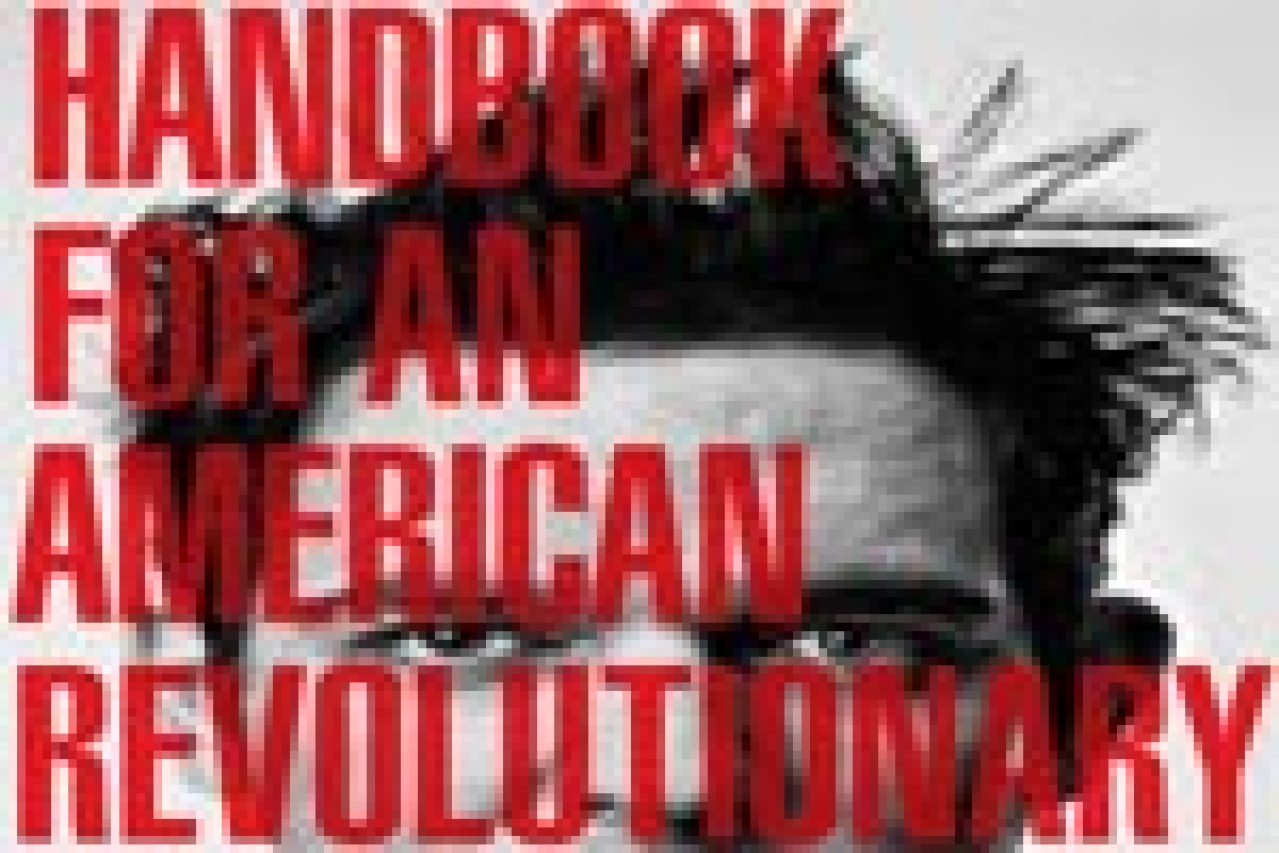Handbook for an American Revolutionary

(© Russ Rowland)
Inspired by the various individuals he met throughout his extensive U.S. travels, Erlbach has created a group of characters that capture the “average American experience” while simultaneously questioning if such a thing exists. There could not be a more appropriate venue to house this all-American production than the Gym at Judson, a space that conjures hometown memories of local Christmas pageants and school recitals. In the spirit of true American hoarding, the background is also piled high with cheap plastic toys, minivan bucket seats, and mountains of other tchotchkes that you would typically find dumped on folding tables in suburban driveways with handwritten price stickers that read “two for 5 cents.”
Directed by Tony Speciale, the performance is divided into a series of chapters, featuring characters whose hometowns span from Havre, Montana to Shipshewana, Indiana (names foreign to anyone not native to Havre, Montana or Shipshewana, Indiana). Like changing the channel on a television set, simple lighting cues (designed by Nocholas Houfek) mark Erlbach’s seamless transitions between characters. He creates a completely absorbing experience, having perfected each of their regional mannerisms and oratorical flares to tell their deeply personal stories.
Characters with both complimentary and contrasting perspectives on the American experience build each chapter, allowing Erlbach to mold a discussion among groups of unlikely contributors. In one of his more controversial pairings, a Pakistani taxi driver in New York City tells of his hardships living as an American citizen while a white supremacist living in Union Hill, Alabama rages over America’s Caucasian minority.
Several issues at the forefront of the American political climate appear throughout the text (the Trayvon Martin case is even mentioned in passing). However, Handbook for an American Revolutionary, even with its politically minded title, manages to remain a discussion, rather than a soapbox for yet another New York Democrat’s political commentary. The conversation between the Pakistani cab driver and the white supremacist will leave even the most left-leaning liberal feeling sympathetic for both sides.
Before protests begin forming outside the theater, Erlbach is not aiming to recruit an army of Klan sympathizers. He is simply presenting a well-informed, three-dimensional picture of the American melting pot — a rare achievement in today’s bipartisan atmosphere. We can only hope that Erlbach’s images of “average American citizens” will send Joe Sixpack into retirement.











